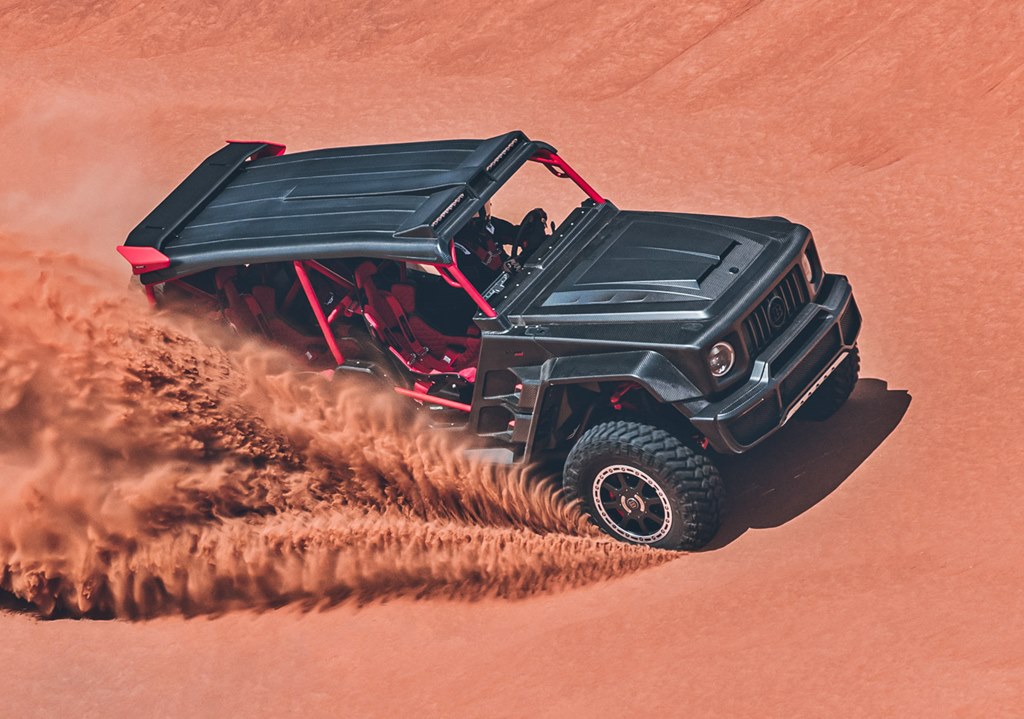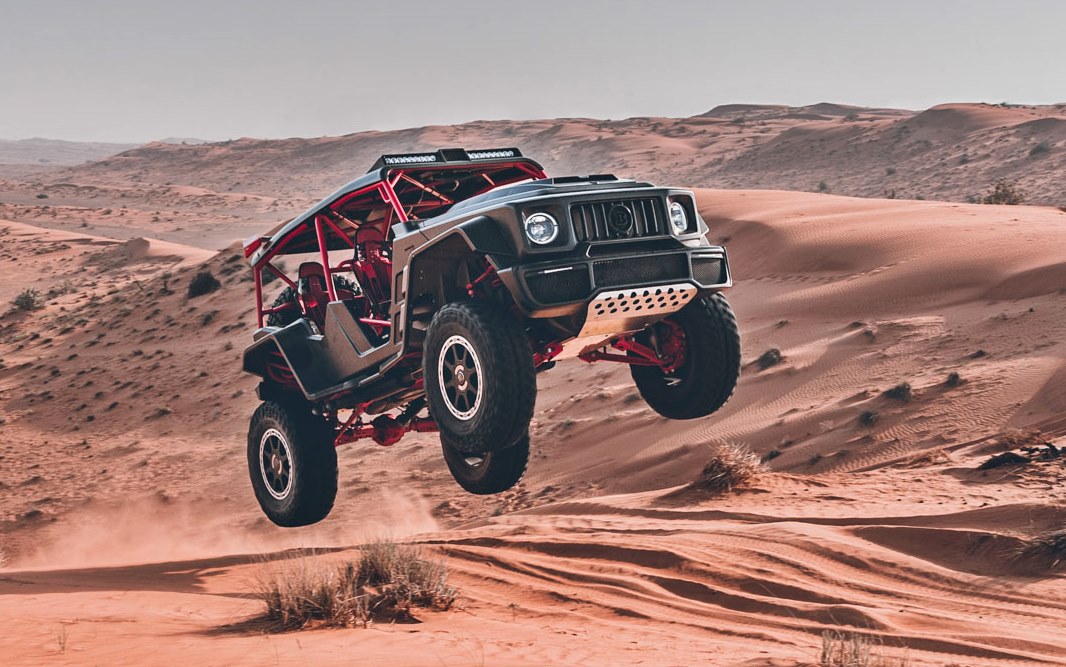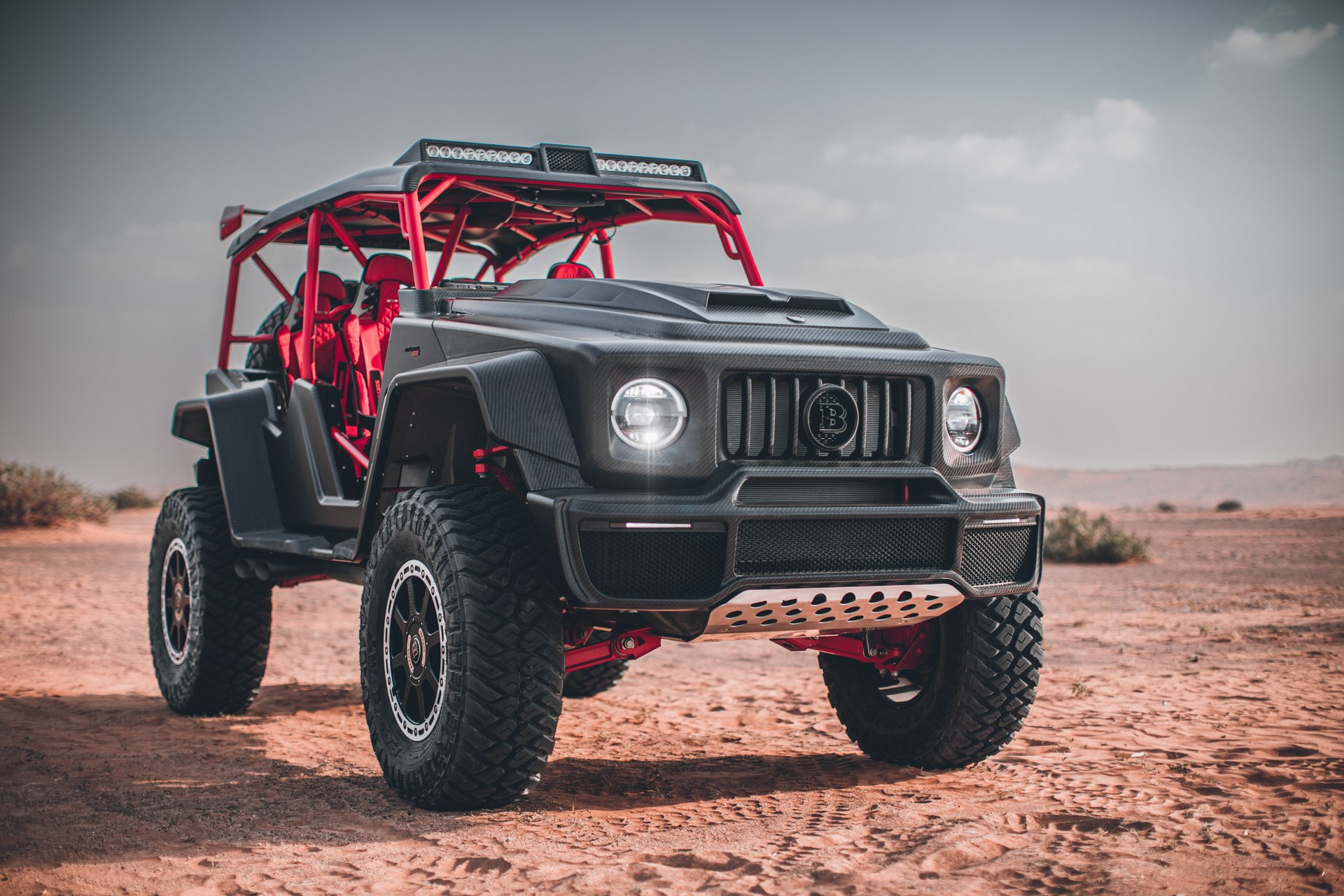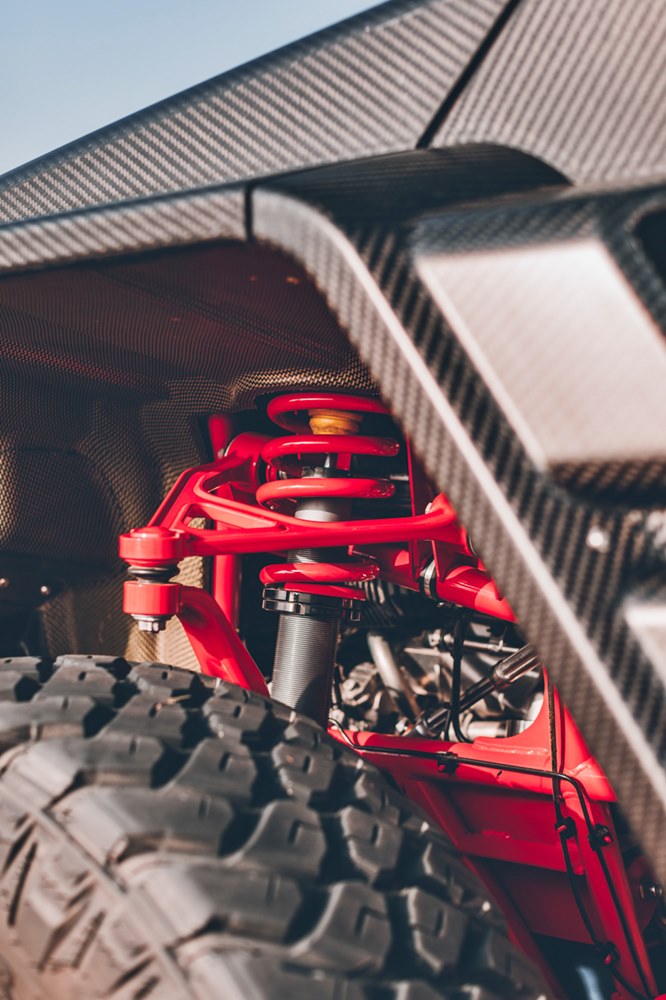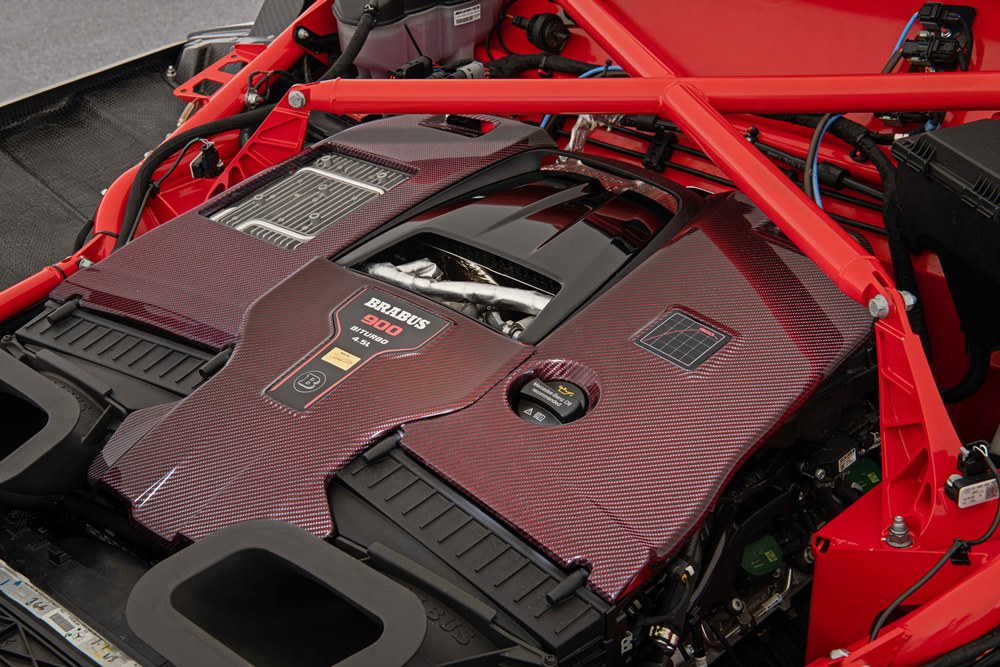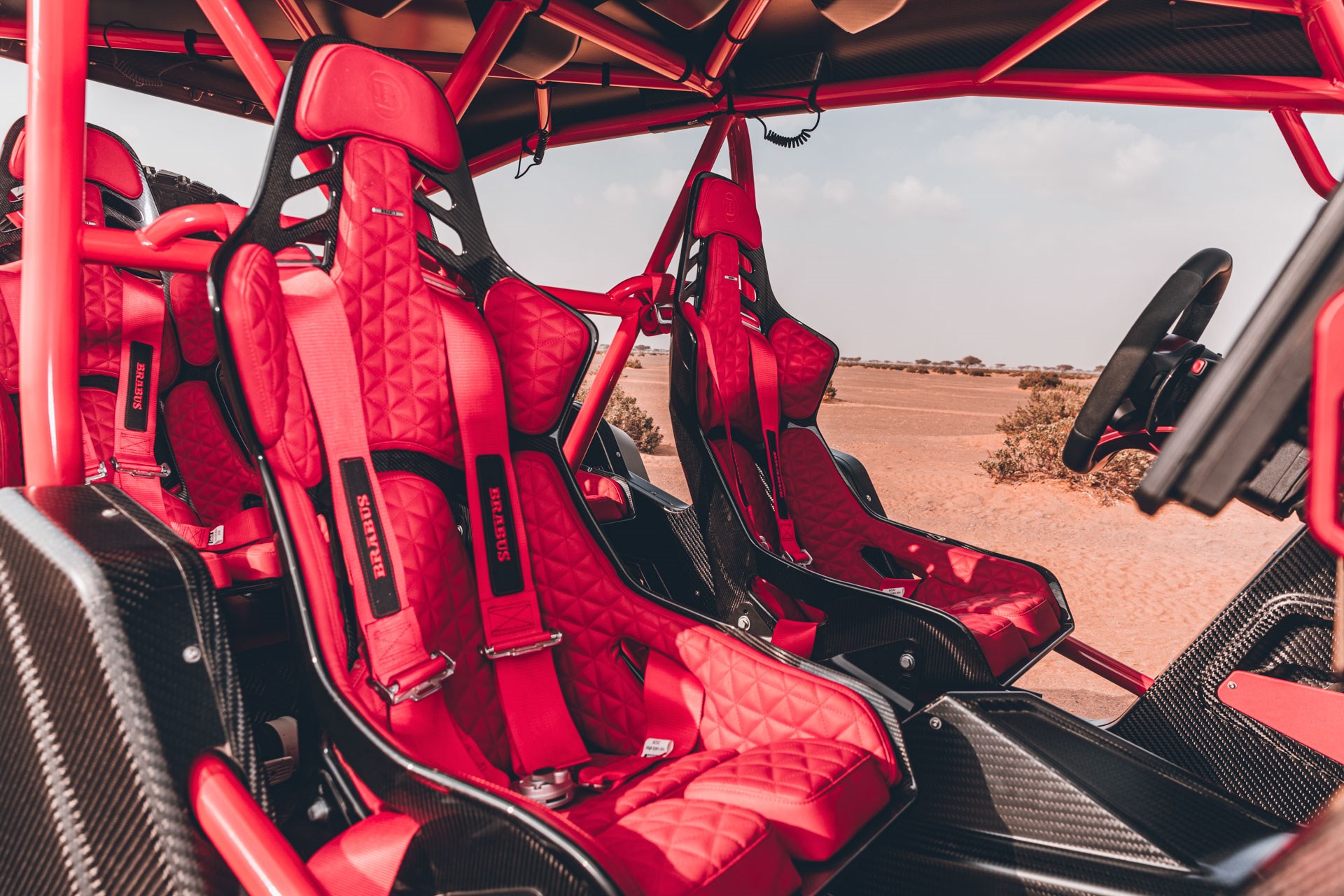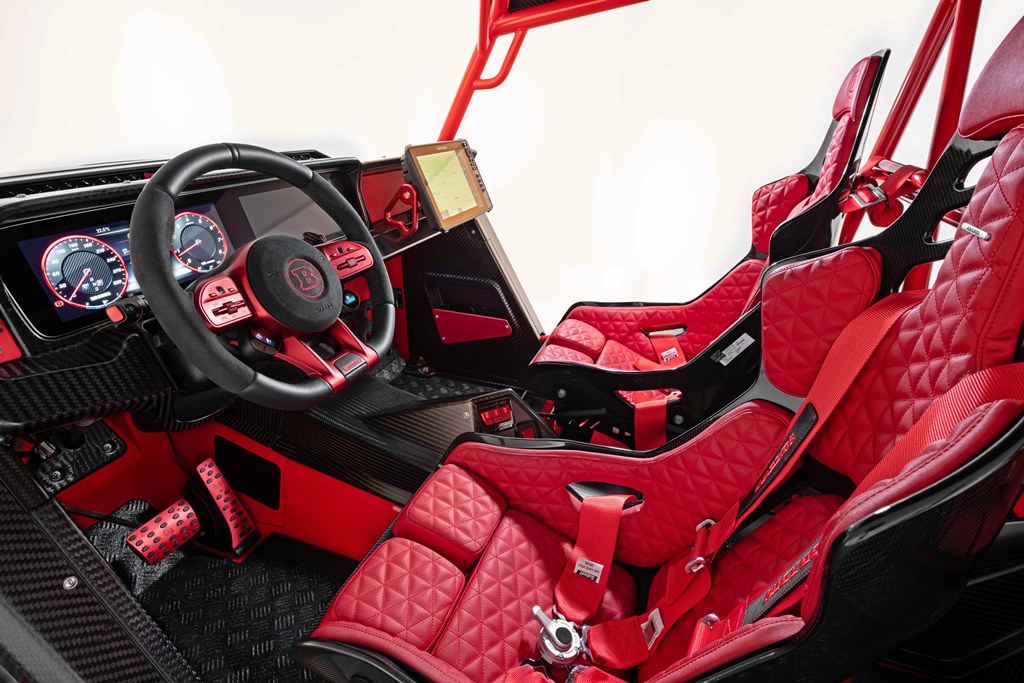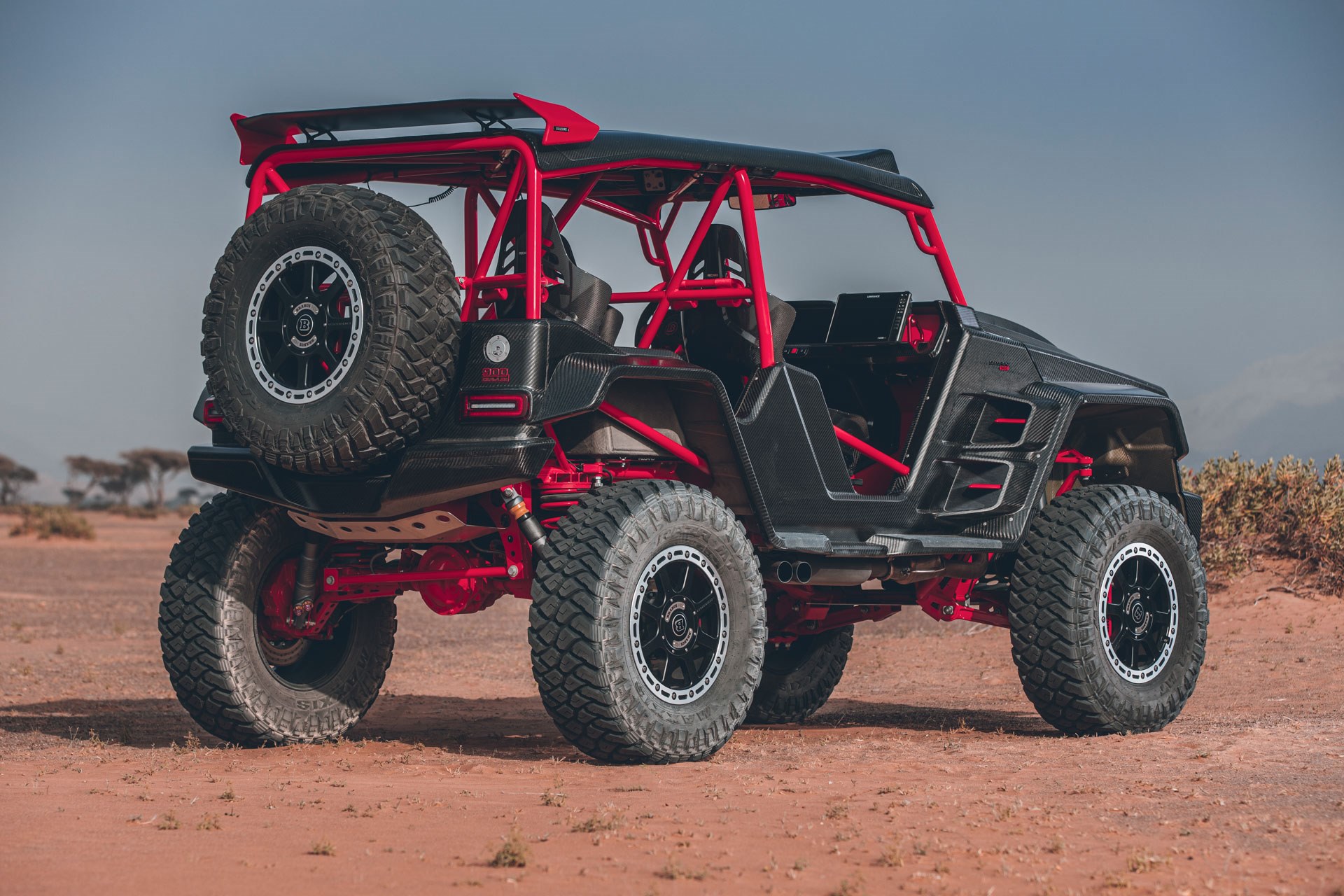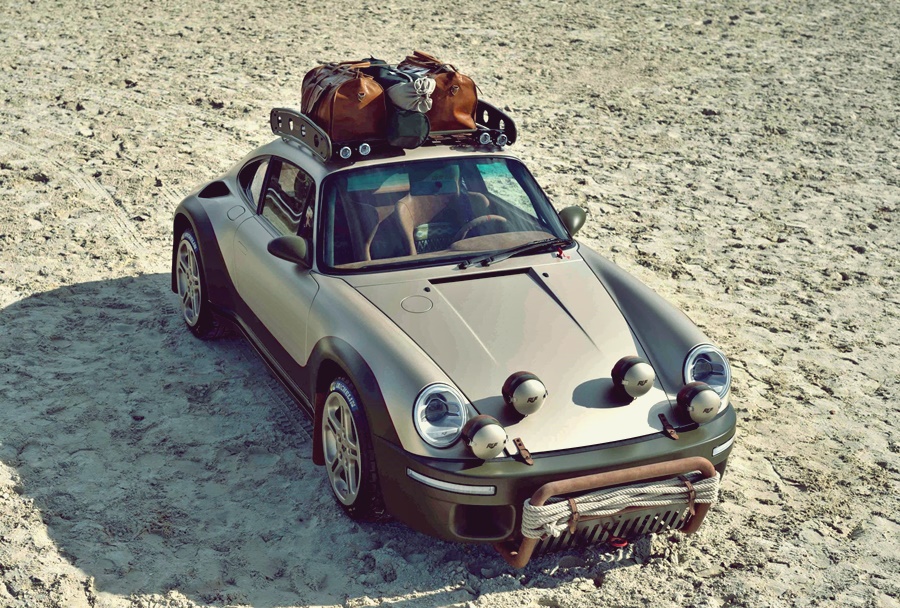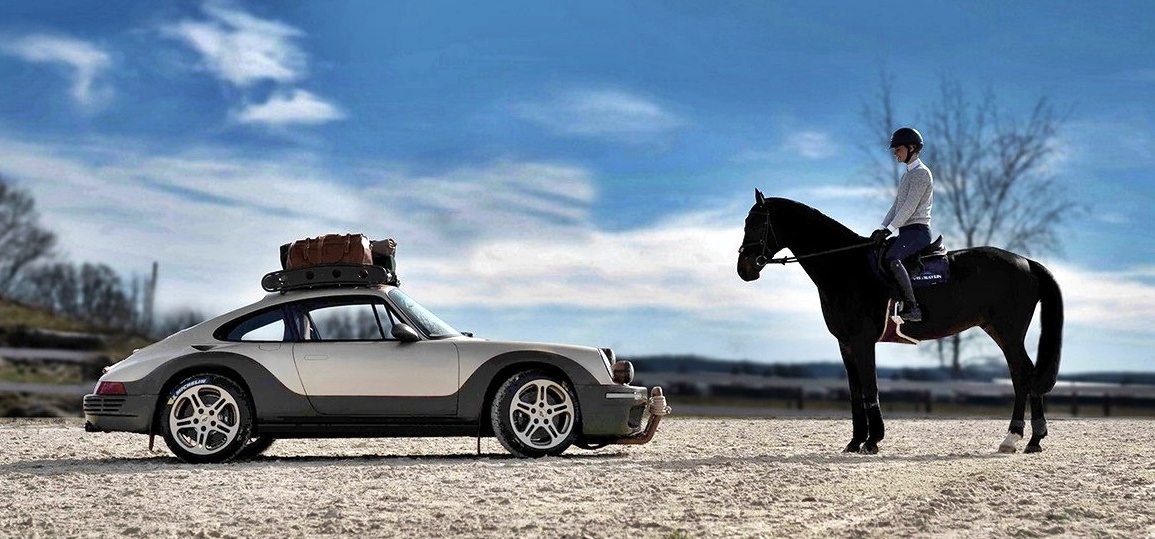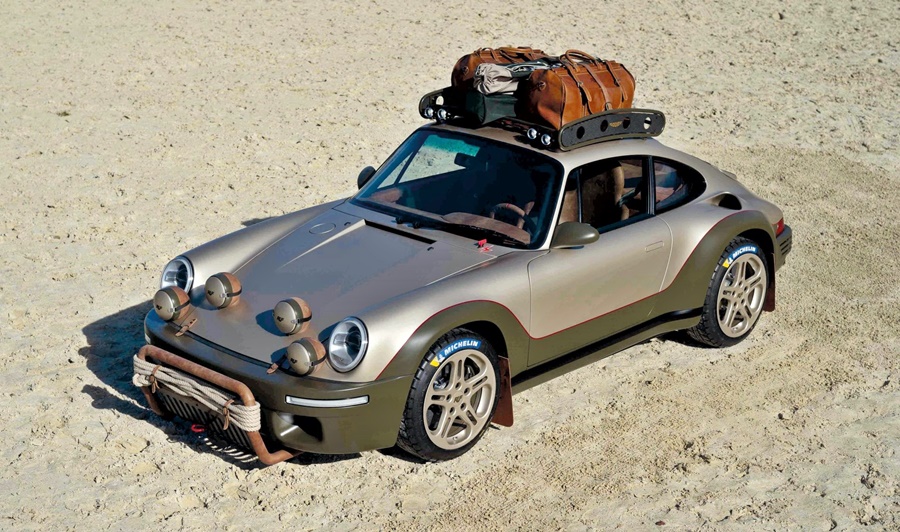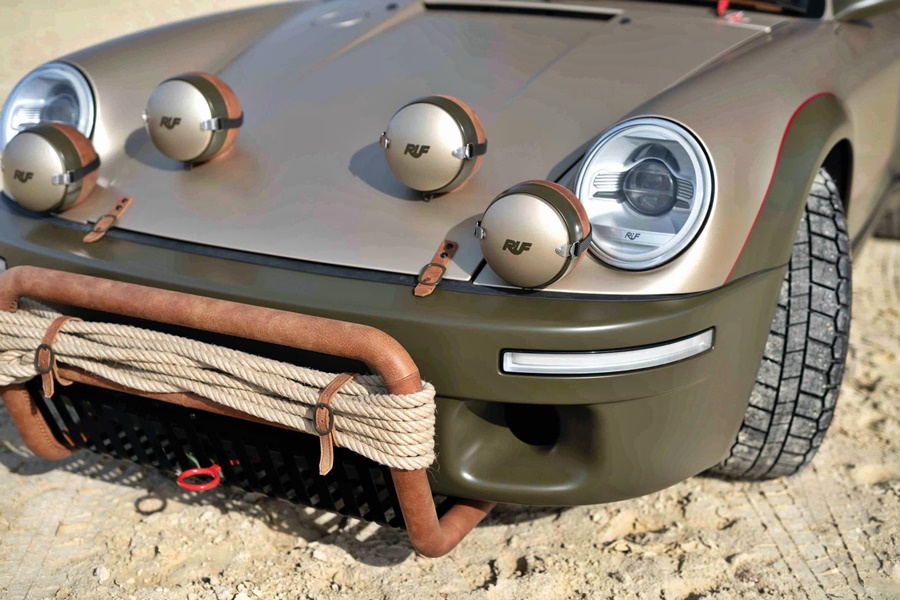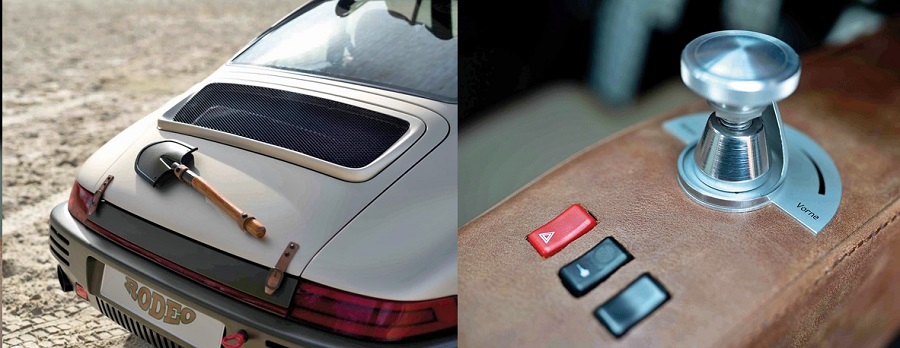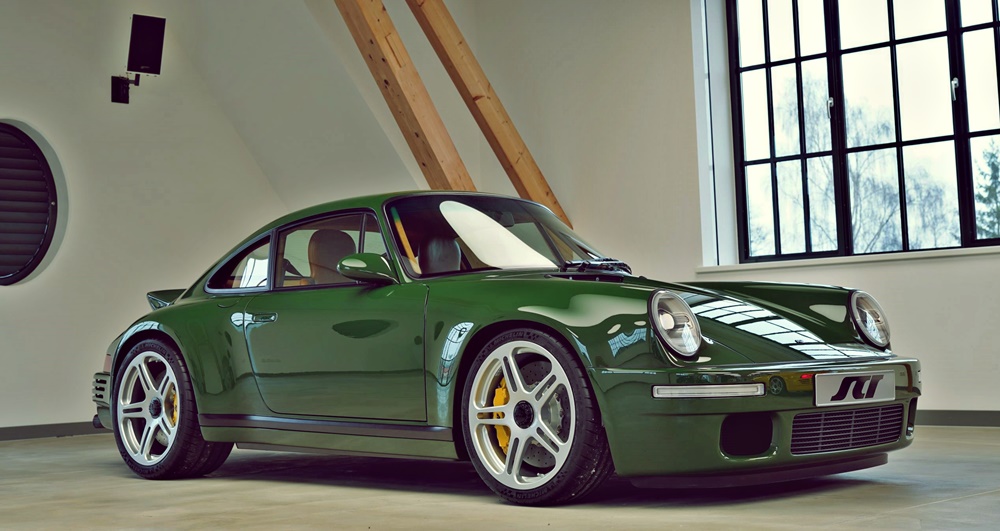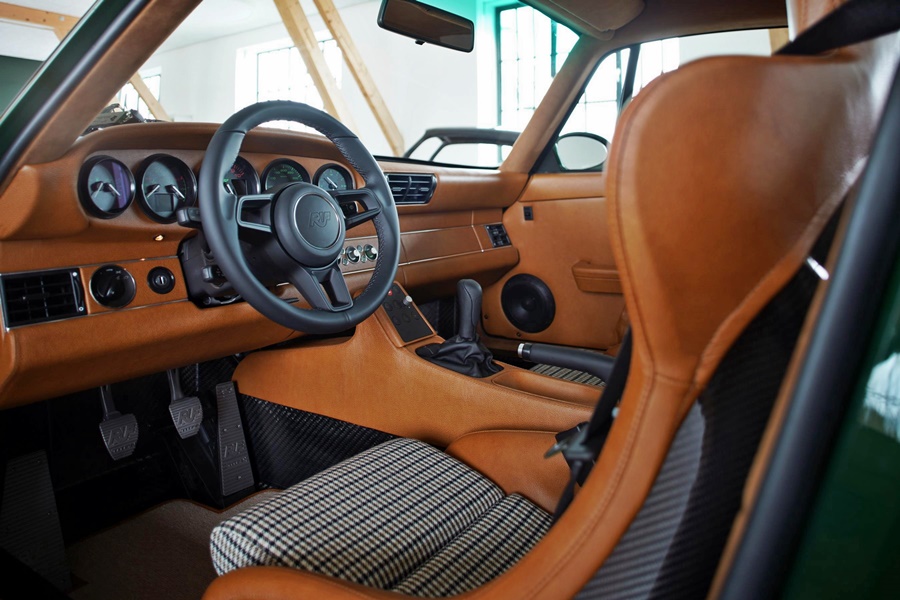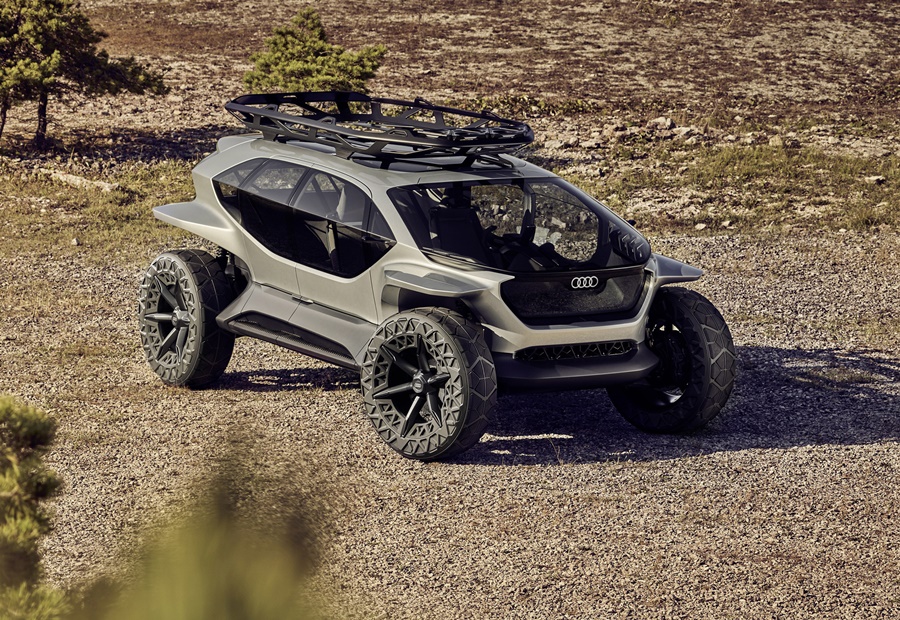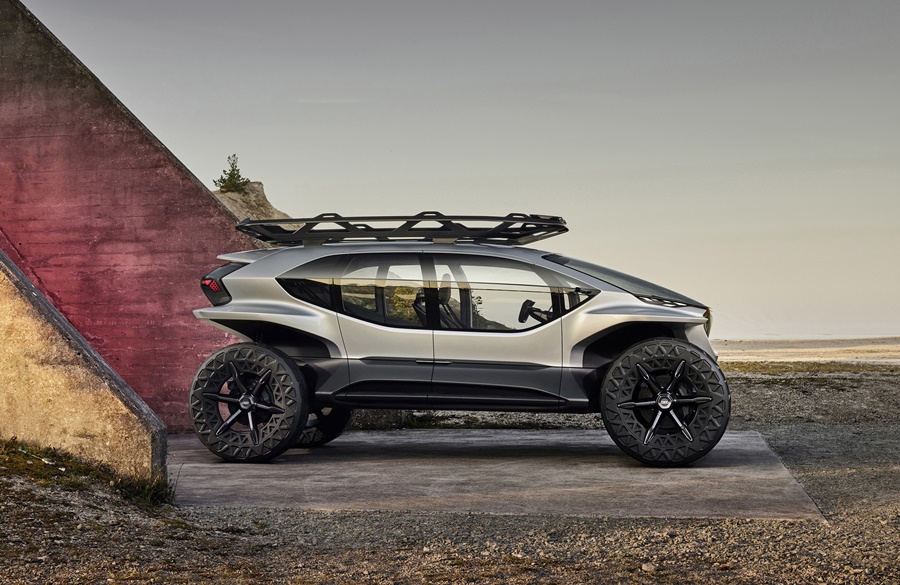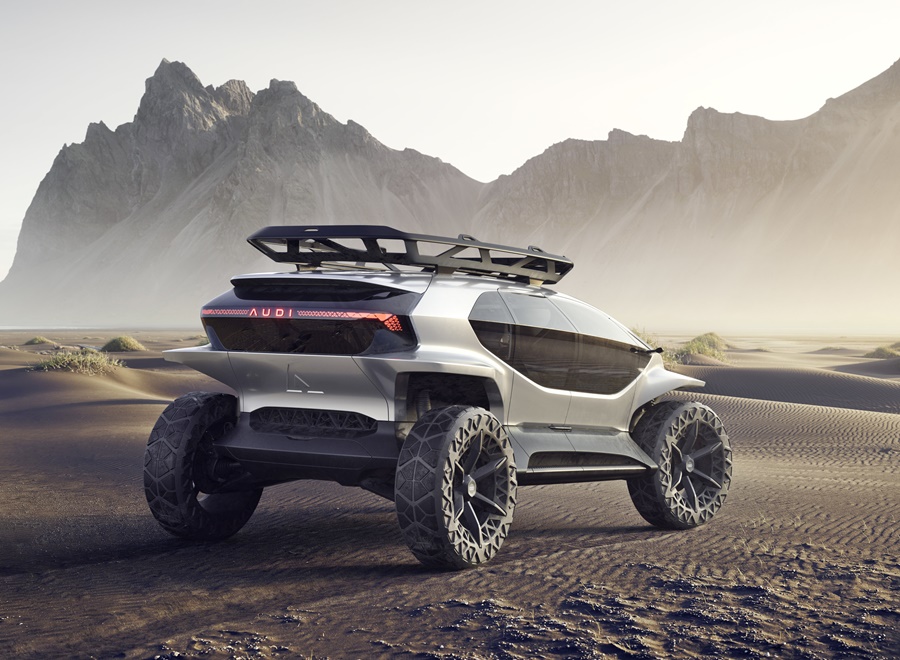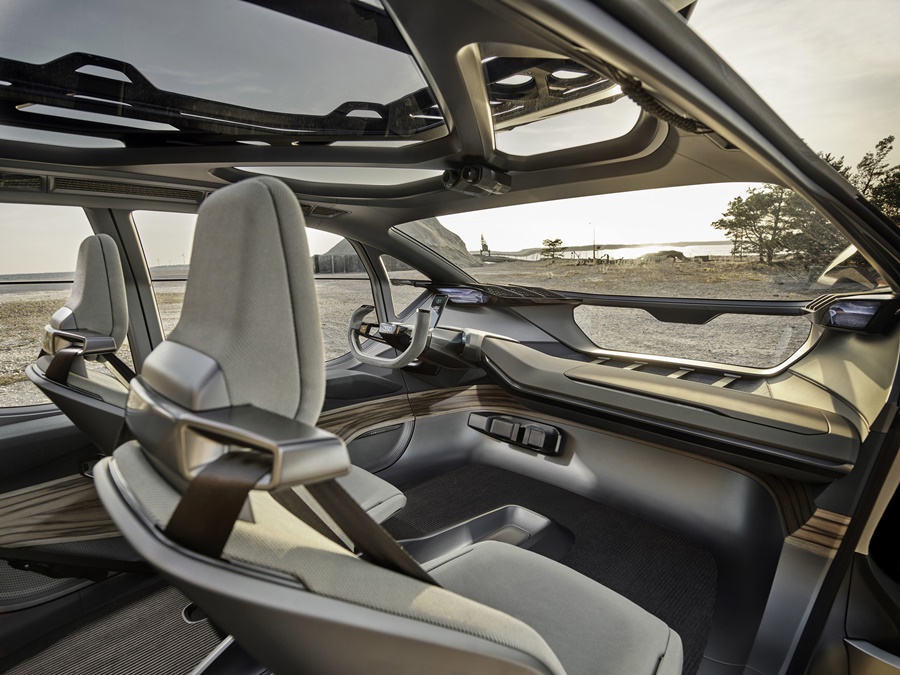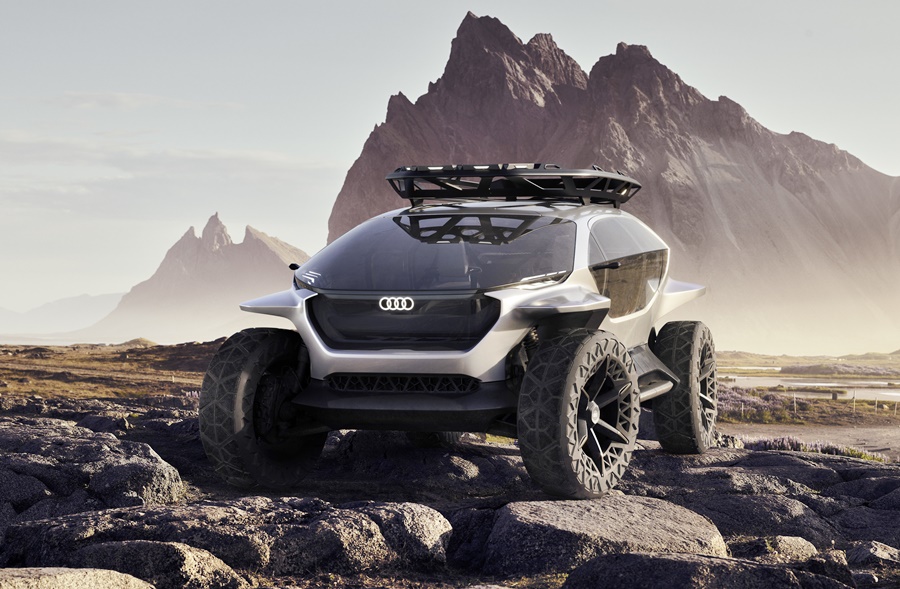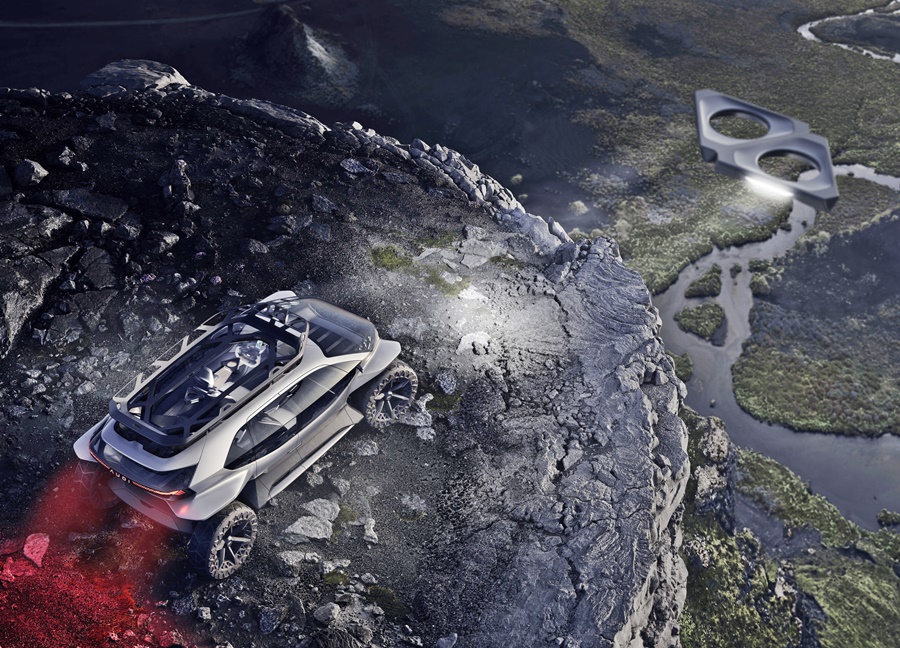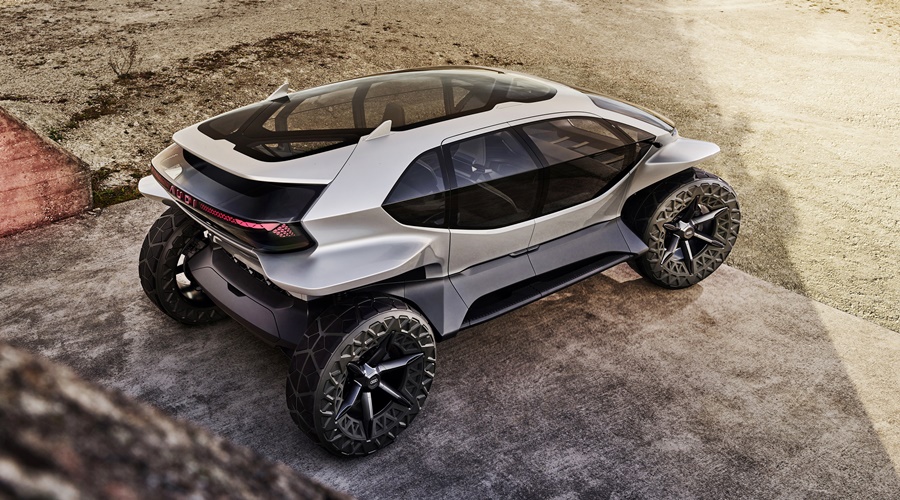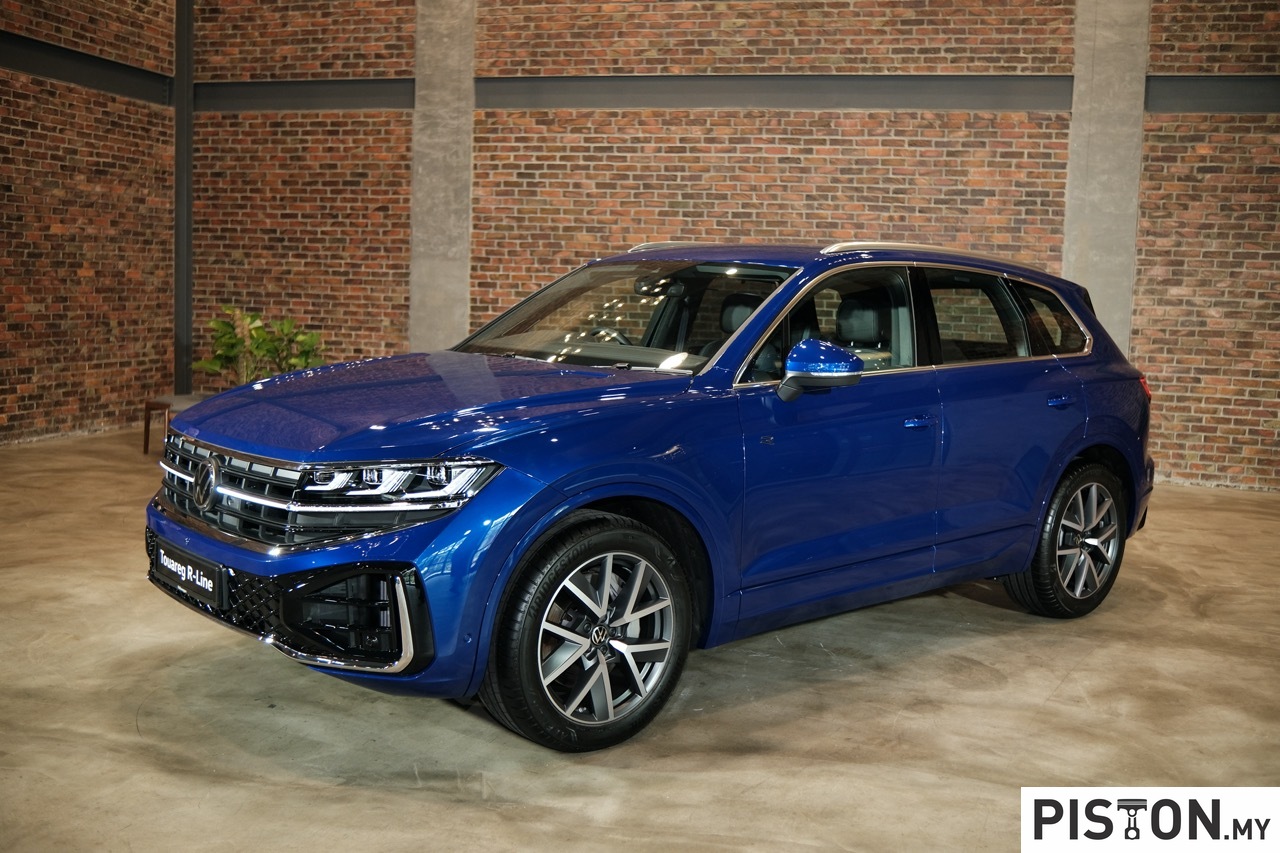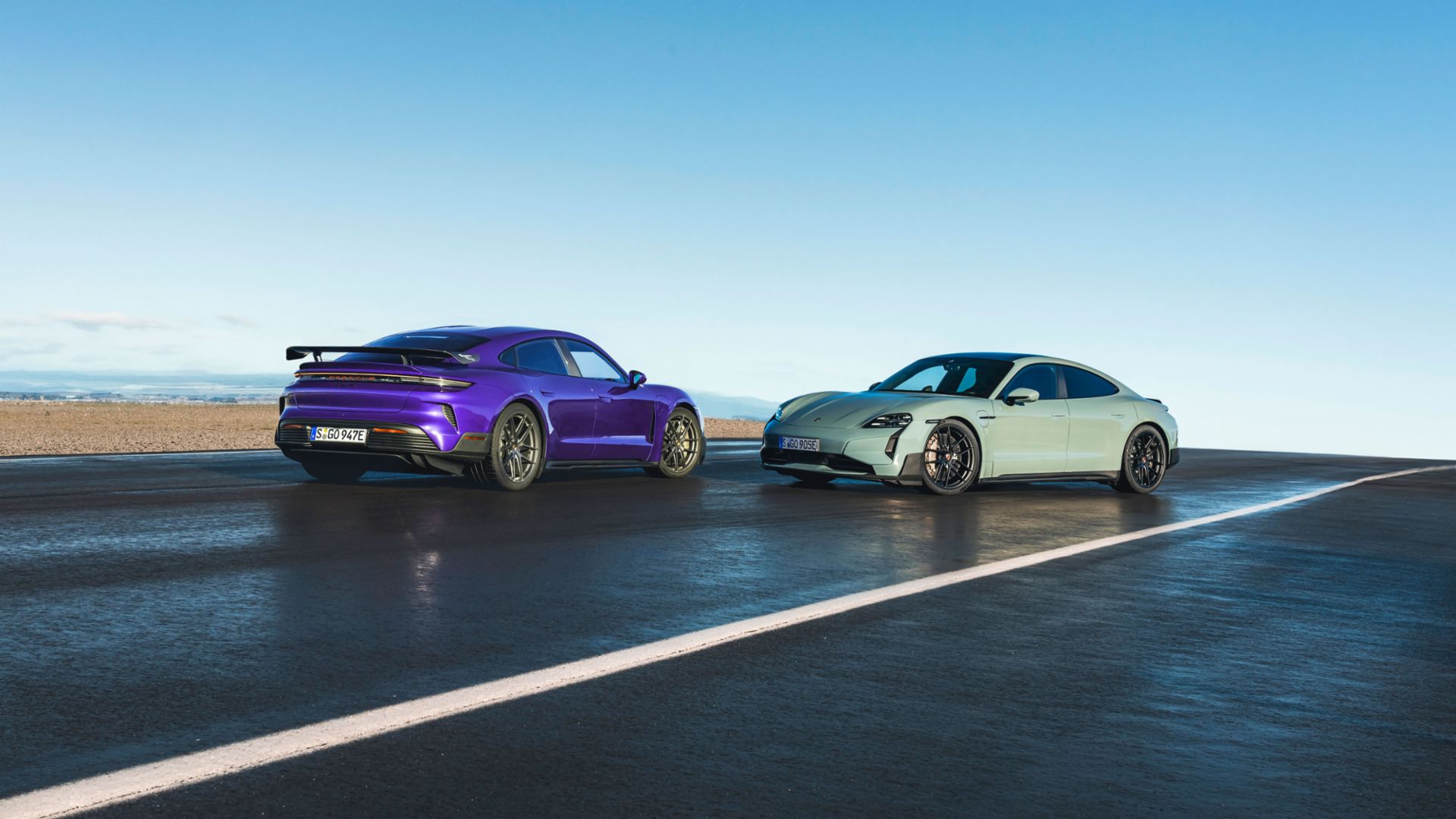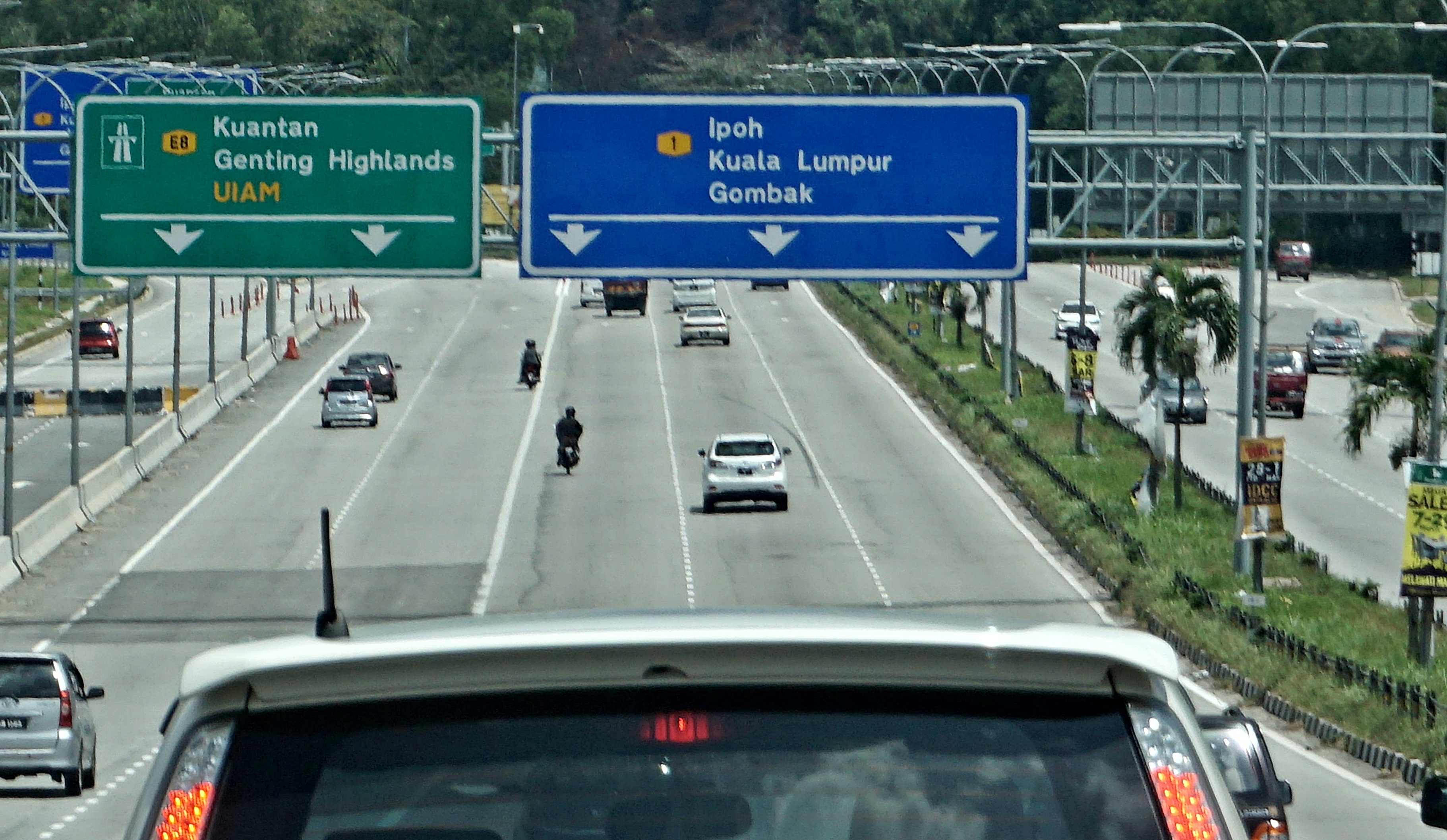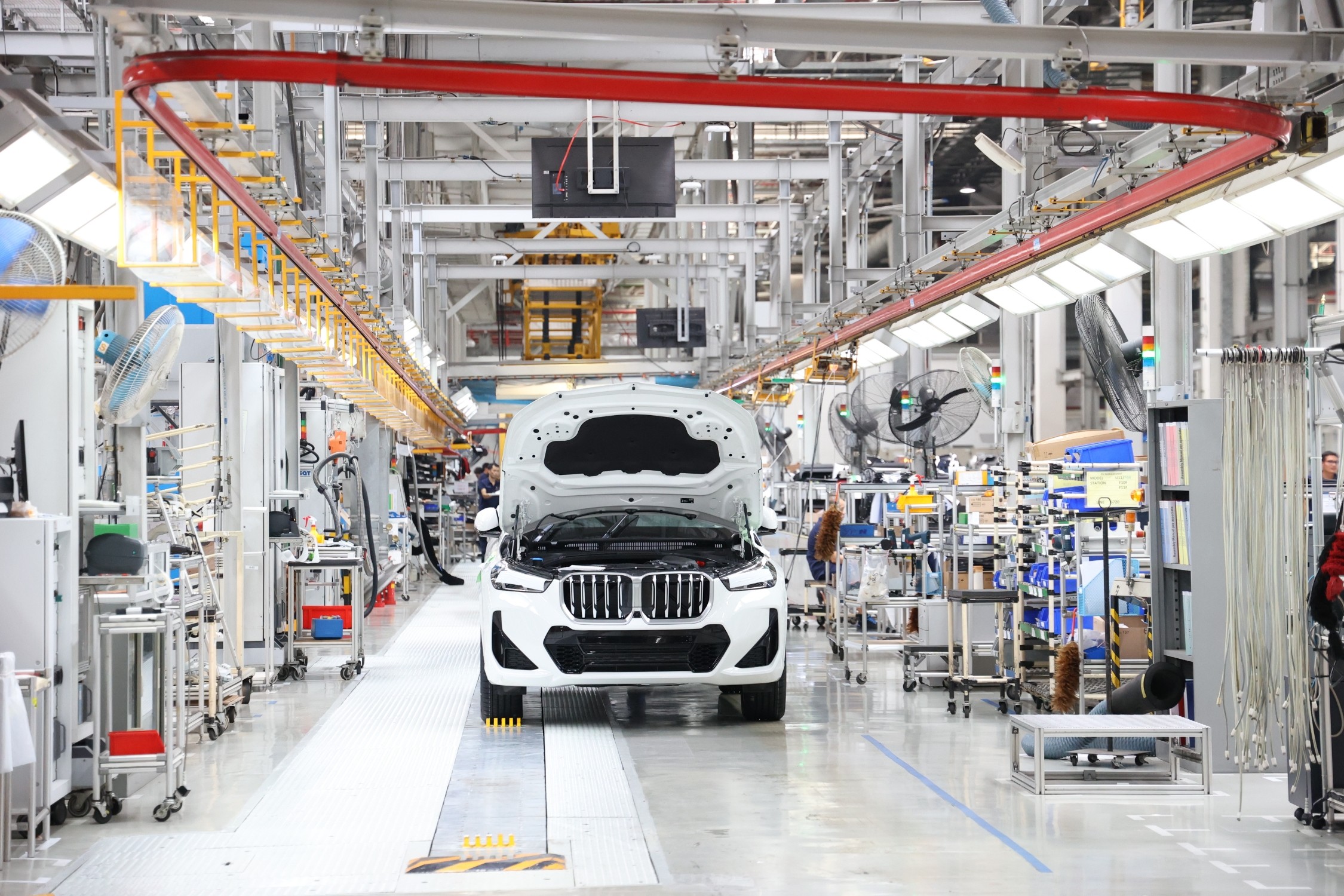BRABUS is well known for taking Mercedes-Benz models and adding its own special engineering to boost performance, while keeping the cars road-legal. Now, for its 45th anniversary, the German company has come out with its first supercar with an in-house developed chassis and buggy-style design.
Called the 900 CRAWLER, it’s strictly an off-roader and cannot be registered for use on public roads. The 900 CRAWLER will be exclusive as only 15 units will be built for sale over the next 3 years. Each unit will be priced from 749,000 euros (about RM3.45 million) ex-factory, with the first 5 delivered this year. Another 5 will be available in 2023, followed by the remained in 2024.
While the 900 CRAWLER uses the Mercedes-Benz G-Class as a starting point, it is almost ‘naked’ as there are no body panels and the buggy-style body and roof are primarily designed to provide shade. The structure, which serves as a roll-cage, is made from high-strength exposed carbonfibre while the underbody panels are made of aluminium and a tough carbon/kevlar composite material.
Extra-wide front and rear wheel arches suitable for the king-sized tyres are integrated into the exposed-carbonfibre bodywork. The roof skin provides not only shade for the occupants but also features integrated air ducts and vents for the riders in the rear seats. Two powerful LED panels are integrated in the roof skin at the front to the left and right of the central air intake. In the dark, they help the main headlights to light up the terrain ahead.
Another special visual feature of the 900 CRAWLER is the bonnet. It has two air intakes at the front and also efficiently vents the air heated by the engine from the engine bay through outlets integrated at the sides.
The chassis is formed using a tubular frame made from high-strength steel, painted the distinctive red colour of the brand. Portal axles at the front and rear provide ground clearance of 530 mm and there are matching height-adjustable special struts with adjustable damping which provide up to 160 mm of spring travel. These give the 900 CRAWLER superior capability over extreme terrain.
The suspension layout raises the position of the engine, transmission, differentials and half-shafts, which requires engineering special wheel ends with integral portal gearbox to compensate for this height difference in driving the wheels. All special components required for this are milled from solid pieces of high-strength aluminium.
The huge off-road tyres also play a role in the tremendous ground. Sized 40 x 13.50 R 20, they are mounted on 9.5Jx20 BRABUS Monoblock HD PLATINUM EDITION forged wheels. To handle the enormous loads generated during off-road driving, the wheels are manufactured with an 8-hole bolt pattern to match the portal axles. A fifth, identical complete wheel is mounted as a spare at the rear.
To take the 900 CRAWLER over the toughest terrain is company’s most powerful powerplant. This is the ROCKET 900 V8 twin-turbo 4.5-litre engine with a peak output of 888 bhp and a peak torque of 1,250 Nm. The output is sent to the wheels through a 9-speed transmission and permanent all-wheel drive system. Though weighing 2,065 kgs, the 900 CRAWLER is claimed to be able to go from 0 to 100 km/h in 3.5 seconds but for safety, especially with the off-road tyres, the maximum speed is electronically limited to 160 km/h.
Unlike most other BRABUS models which have luxurious premium and generously padded interiors, the interior of the 900 CRAWLER is more functionally oriented with a rugged theme. To provide contrast to the dominant carbon, the seat padding of the 4 racing seats are covered with bright red Silvertex fabric. Also used in the BRABUS Marine high-performance boats, this fabric is designed to be extremely resistant to dust and water as well as the effects of the sun.
In addition, the cockpit has been specially designed taking into consideration the needs of off-road travellers. It includes a modern intercom system for driver and passengers as well as a GPS-based off-road navigation system that is used by desert rally teams. The bracket for the GPS navigation system positioned in front of the co-driver sports that same colour. BRABUS optionally also supplies individually compiled map data for the area where the particular CRAWLER buyer operates the vehicle.
Like other BRABUS models, there are red anodized parts such as the pedals and the driver footrest as well as elements such as the switches with red glazing to match the red highlights.


